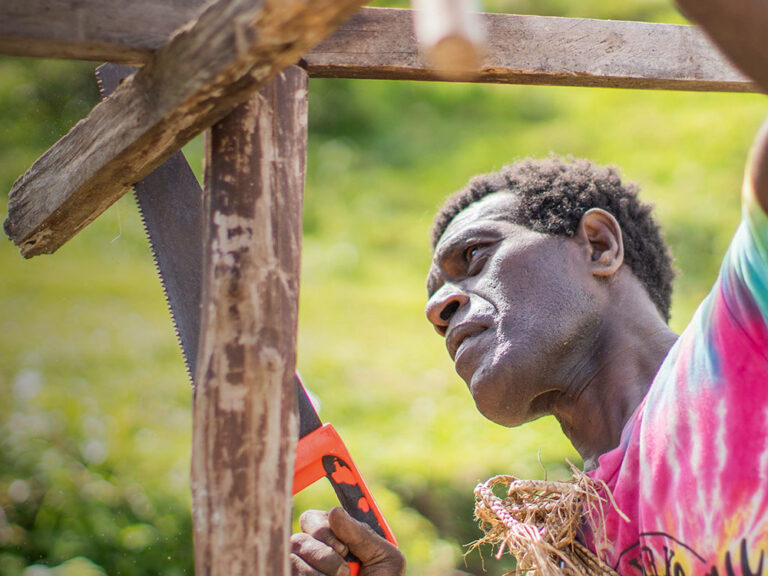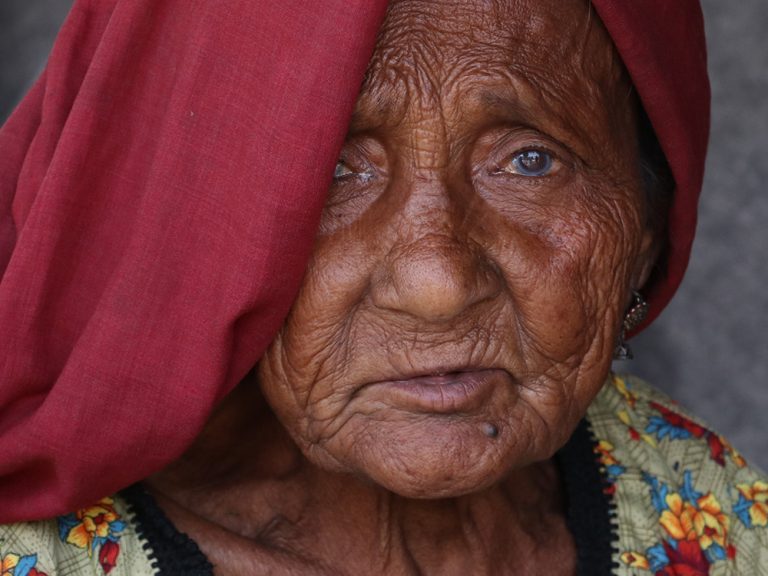At ShelterBox, we constantly seek to learn and develop. We analyse how we can do even more to help communities after disasters. We push ourselves to deliver greater impact with every penny donated.
Adding cash to the mix of support we can provide, like training and essential shelter and household items, gives us more options to help communities recover depending on their situation.
Where it is appropriate, cash assistance empowers people affected by disaster by giving them some control over their own recovery. This helps restore dignity and self-esteem.
Shelter materials such as tents, tarpaulins and tools are at the heart of our disaster responses. But when it’s clear providing cash will have an even bigger impact on people’s lives, that’s what we’ll do.
How can cash help people recover?
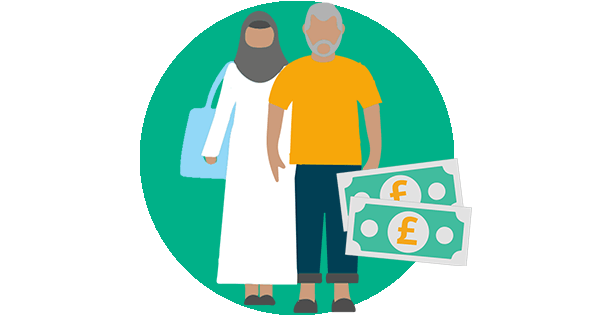
Cash helps people buy what they need to rebuild
A family might need to quickly access specific materials to fix a home. If those materials aren’t part of our shelter kits, it can be easier for people to buy what they need themselves. They can also pay for labour where it’s needed. People might also choose to cover the costs of essentials such as food and medicine, and restart livelihoods and education for children.
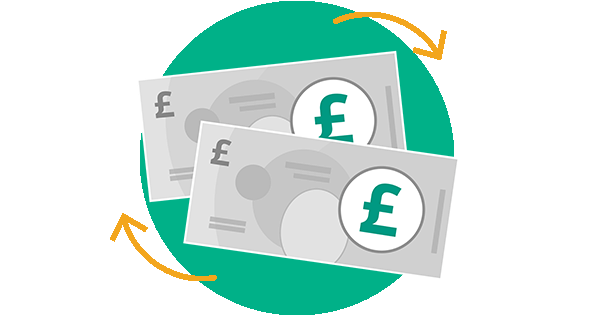
Cash helps kickstart local economies
Providing cash means that suppliers and tradespeople can start doing business again. That’s a vital step towards a whole community beginning to recover.
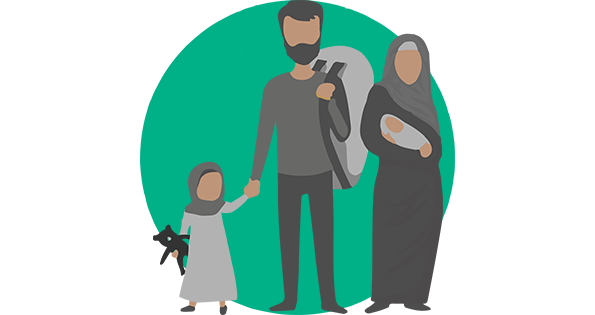
Cash helps people feel a sense of dignity
When your world has been thrown into confusion, feeling in control can be a powerful first step towards believing a normal life is possible.
Cash impact stories
ShelterBox has so far provided cash assistance alongside other forms of aid to people affected by disasters in the Philippines, Haiti and Pakistan. It has also helped those fleeing the conflict in Ukraine. Below are some examples of how this cash assistance has been put to good use by the people we support.
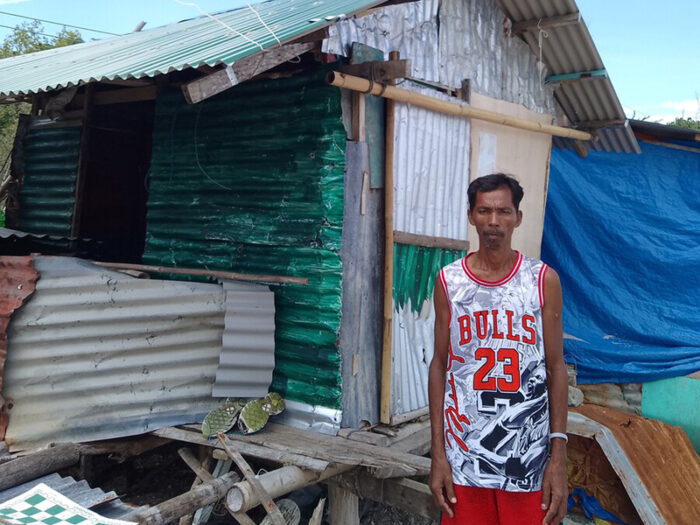

Philippines – Linjun’s story
Linjun is one of the survivors of Typhoon Rai which struck the Philippines in December 2021. The storm rampaged through his municipality. His home was completely destroyed. After the disaster Linjun spent two months living in an evacuation centre.
In February 2022 Linjun received shelter materials through ShelterBox working with Humanity and Inclusion. This included corrugated iron with which he could rebuild his home. This was accompanied by a small cash contribution. Linjun credits this with being able to move to his new home within a week of the distribution because he was able to direct his focus on building his house.
“The money that they gave us, I used it immediately to buy local plywood and additional nails. The little extra that I was able to save, I used it to buy my meals after working for my own house.”
Learn more about our work in the Philippines after Super Typhoon Rai here.
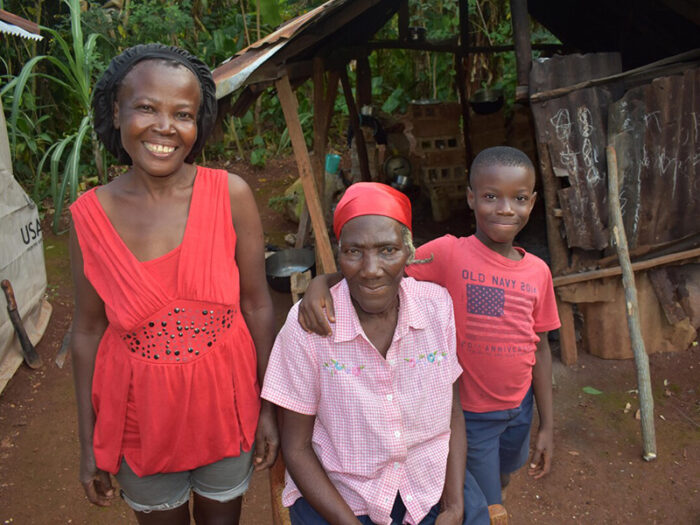

Haiti – Franchette’s story
In August 2021 a 7.2 magnitude earthquake struck Haiti. From the courtyard outside with her mother and five month old daughter, Franchette watched as her home collapsed.
For the next few days Franchette and her family slept under trees. Once they received a ShelterBox kit they were able to use the tools and tarpaulin to build a temporary shelter, and received household items. Alongside this, Franchette also received cash assistance.
Receiving cash, as well as the kit, was incredibly helpful to Franchette. By using the ShelterBox kit, Franchette was able to cover the family’s most basic needs. This meant that she didn’t have to use the cash to buy such items. Instead she was able to use it as an investment that will help improve their futures. Franchette purchased a goat with the hope that she will reap the rewards from its produce over time.
Find out more about our response in Haiti here.
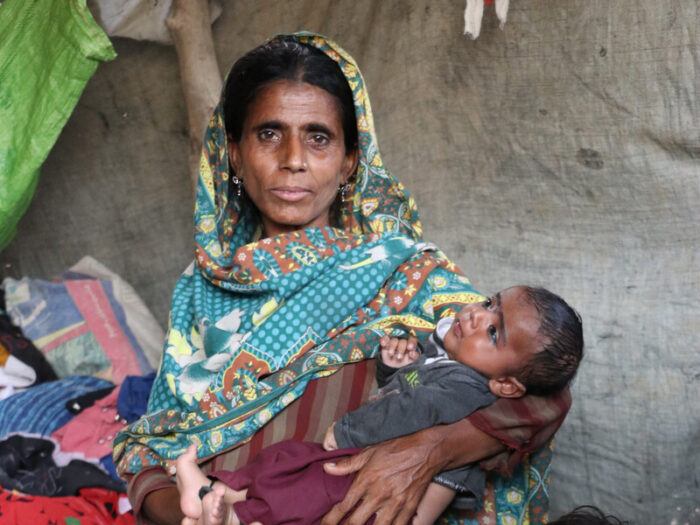

Pakistan – Ghulam’s story
Ghulam and her family lost her home, possessions and livestock when floods hit her village in Pakistan. For Ghulam, cash assistance from ShelterBox enabled her to help look after her family and create a livelihood.
“We needed food to eat for our family, along with that clothes to wear in the extreme winters. We took a loan from someone and repaid it with the cash grant. I got a hand pump installed in my home for my daughters as they had to walk miles alone to drink water which was unsafe.”
“We also bought goats, as we lost all of them in the floods. We will use the goats we have now to start a business and meet our needs.”
Learn more about our work in Pakistan.
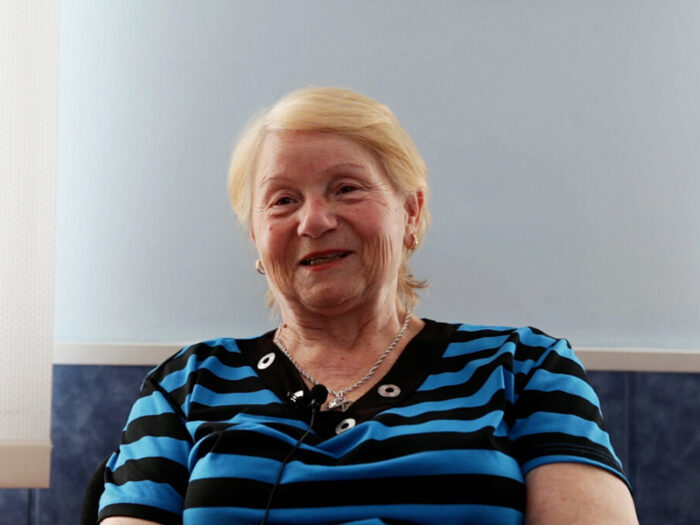

Ukraine – Valentina’s story
Like many others, Valentina fled from the conflict in Ukraine into Moldova. In April 2022, she received ShelterBox cash assistance to help with the financial burden of being displaced. When asked what she would spend it on, Valentina said,
“Medicine. I live only due to the medicine, it’s the same with my husband. Medicine and food.
“We need to eat something as well. Medicine and food, that’s it, we don’t need anything else. We have shoes and clothes. Our wardrobe is full of clothes at home.”
Learn more about our response to the Ukraine crisis here.
Cash assistance – frequently asked questions
We only provide cash when the local conditions are right, and it is not suitable for every response.
That means we check there are materials and services available to buy locally and that the businesses that sell them are still operating. And it means we check that money can be transferred safely and easily where we’re working.
Each disaster and its impact is unique, and our response is too.
How we provide cash depends on local conditions.
We might distribute money directly to people who have lost their homes. We might build links with financial companies that can provide a money transfer service to the people we support. Or, if mobile phones are widely used, we might transfer cash directly using mobile wallet apps.
In every situation, we consider all the options and do what’s easiest and safest for the people we support
We’re here to make lives better after a disaster – and that’s why we’ve added this approach to our work. In the right circumstances, cash can have many benefits to those we’re supporting. It can allow people to buy what they need, boosting local markets. Also, having control and choice over your own recovery can restore self-esteem.
We’ve learned from our own trials and from successful projects and best practice around the world, that using cash assistance in addition to other aid works can help communities rebuild better.
It won’t be the right approach after every disaster or conflict. But when it’s clearly going to help people recover and rebuild, we won’t hesitate.
This is decided depending on the nature of each disaster and its location. We take into account local markets, resource availability, commonly used building materials and more.
That’s why we take the time to talk to local partners, communities and authorities to learn about the local conditions before making the decision whether cash assistance is appropriate, and if so how much cash assistance to offer.
Yes! Giving cash assistance alongside other types of aid is increasingly recognised and used by humanitarian charities as an effective way of supporting those that need it.
There have been many studies, projects and case studies to look at the impact. The results have been very positive.
It puts those who need help at the centre of humanitarian work; helping people get the support they need as quickly and practically as possible.
After distributing cash assistance, we will contact people who have been supported afterwards to make sure they’ve been able to buy what they needed.
And, as with everything we do, we’ll keep evaluating the impact of providing cash to make sure it’s making the biggest possible difference. You can see some of the impact this has already made on this page.

